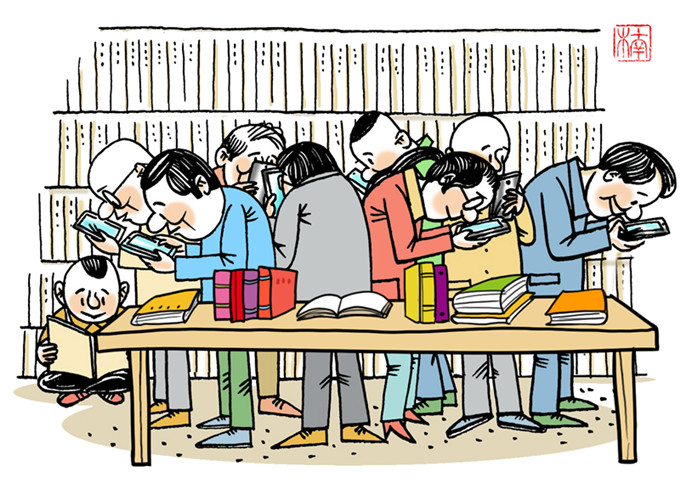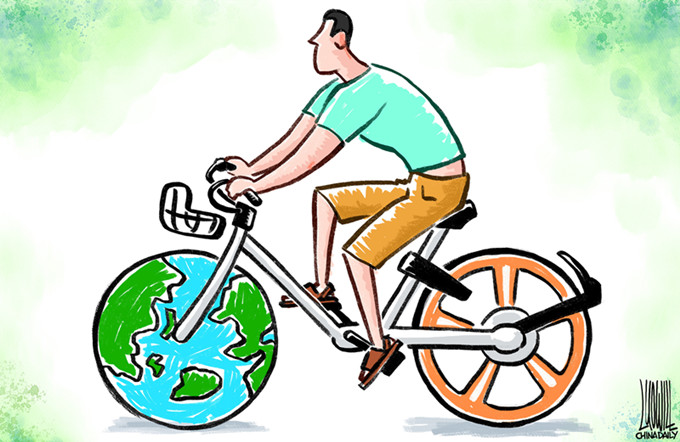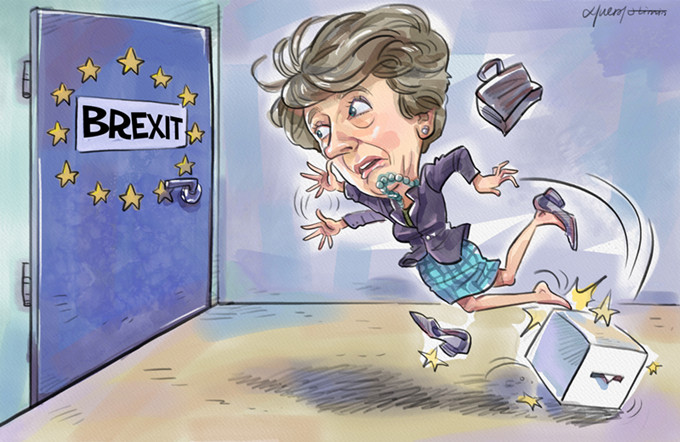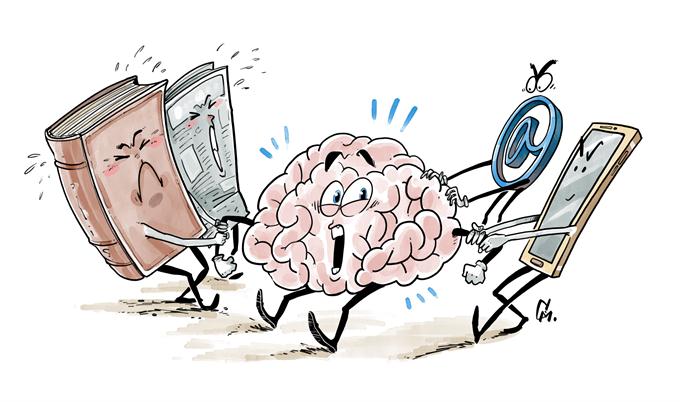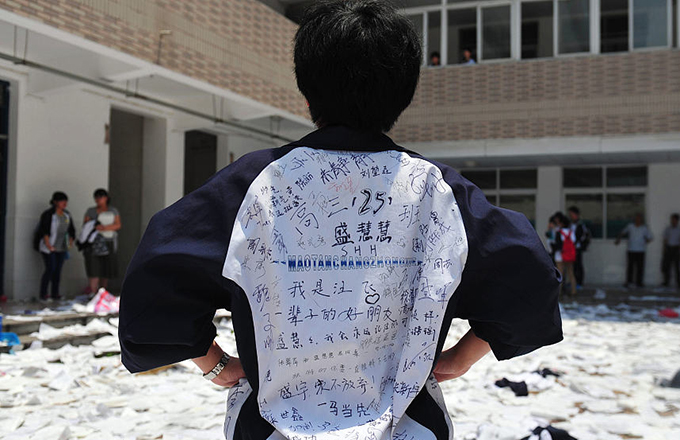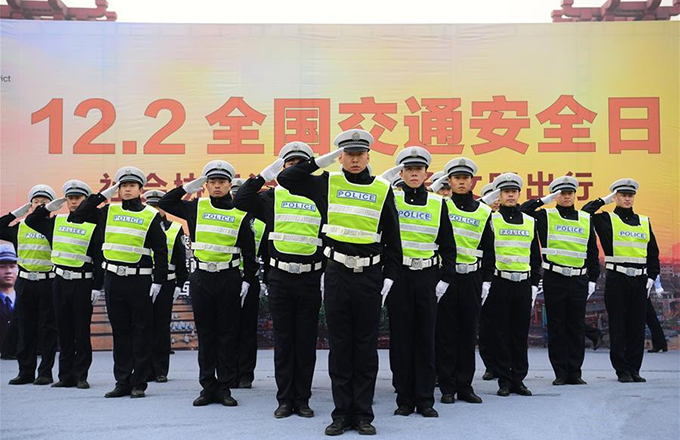The Belt and Road Initiative: China’s soft power strategy
As China’s economy has risen rapidly in the last two decades, its role as a global leader and second biggest ranking economy in the world has been pushing towards a more determined and active foreign policy. Thanks to economic reforms and a change of perspective in dealing with other countries, China has achieved an extraordinary development and it has become one of the main actors at the international level.
Promoting its regional interests and improving its image as a political entity and economic partner have been the reason behindseveral government initiatives aimed at diversifying China's economic, political and cultural strategies. China is currently building strong partnerships across the globe, in Asia, Africa and Europe where the number of Chinese investments has increased significantly in recent years. Also, politically, China has succeeded in improving relations with many countries, strengthening bilateral cooperation in several fields and industries.
China's economic and political advance on the international scene illustrates primarily a conventional type of power, on the basis of which states act internally and externally. There is also another type of power, the soft power, which refers to the attractiveness of a state, its image, its ability to promote its interests throughculture and ideology. Although military and economic capabilities are behind it, soft power plays a very important role for a state's foreign policy, because it facilitates cooperative relations, increases interest in a particular state, and promotes culture and ideas to encourage openness and dialogue between states. As a complement to its growing economy and army, China needs to create foreign policies that will encourage cooperation and trust for further dialogue.
President Xi Jinping emphasized the idea of promoting a new model of China, a responsible one, engaged in peaceful development, determined to protect international justice and dedicated to humanitarian contributions in the world. He has recognized and promoted the importance of building soft power as a necessary tool for a modern globalized world.
Promoting soft power, however, requires a strategy adapted to China's goals and capabilities, and such a strategy is the Belt and Road Initiative proposed by Chinese President Xi Jinping in 2013. This strategy seeks to establish new connections, strengthen bilateral relations, improve dialogue and achieve common goals.
The overall idea is to create an open and inclusive economic space that facilitates economic exchanges and allows the multilateral development of the Eurasian area. At the same time, this initiative could be seen as an attempt to redirect the surplus capital and China’s industrial overcapacity, thus helping to reshape Chinese economy. Aiming at65 states with roughly 70% of the global population, BRI is not only an ambitious regional project, but also an attempt to create a new international system based of new instruments such as AIIB, New Silk Road Fund,BRICS New Development Bank, Shanghai Cooperation Organization, and nonetheless China's currency, Renminbi, which has recently become an international currency .
More than an initiative, BRI is a foreign policy strategy that will fulfill a number of regional and global functions and objectives. Firstly, considering its founding ideas and objectives, BRI represents China's contribution as a UN member state to regional development, peacekeeping, and the creation of an inclusive and open economic integration framework. In the opposite direction, BRI will have a positive impact on the Chinese economy by implementing economic reforms and opening up to other states and communities. Secondly, engaging China in this strategy will help improve its image as a responsible and generous state in the opinion of neighboring states which will enhance China’s soft power and attractiveness as a political and economic partner.
The success of BRI will thus help to revive China's image and role globally and regionally but will in particular have a positive impact on its structural power. The first perspective of structural power refers to the dependency relation between large economies and small economies which become vulnerable over time and tend to change their behavior according to the preferences of the stronger economy. The second perspective refers to the characteristics of the system and how the rules and institutions in the international system contribute to increasing the structural power of the state with the greatest influence on these rules and institutions. This is the case for the United States and the Bretton Woods institutions, which have influenced the economic behavior of the other states by imposing a set of rules and guidelines at international level in exchange for prosperity and economic integration. Through AIIB and BRI, China can create a similar system and expand its influence on the regional level.
Coming back to soft power, BRI has the potential to enhance China's ability to attract the interest and trust of other states. By increasing visibility and regional involvement, China will show its generosity and demonstrate that it is a viable alternative toother states and institutions. BRI is thus an invitation to build a new economic community based on cooperation between a number of states with different political systems and culture, but with common interests and needs. Therefore, the Belt and Road Initiative is China’s response to the expectations and needs of Asian infrastructure and, at the same time, an engagementto create a new regional development system.






